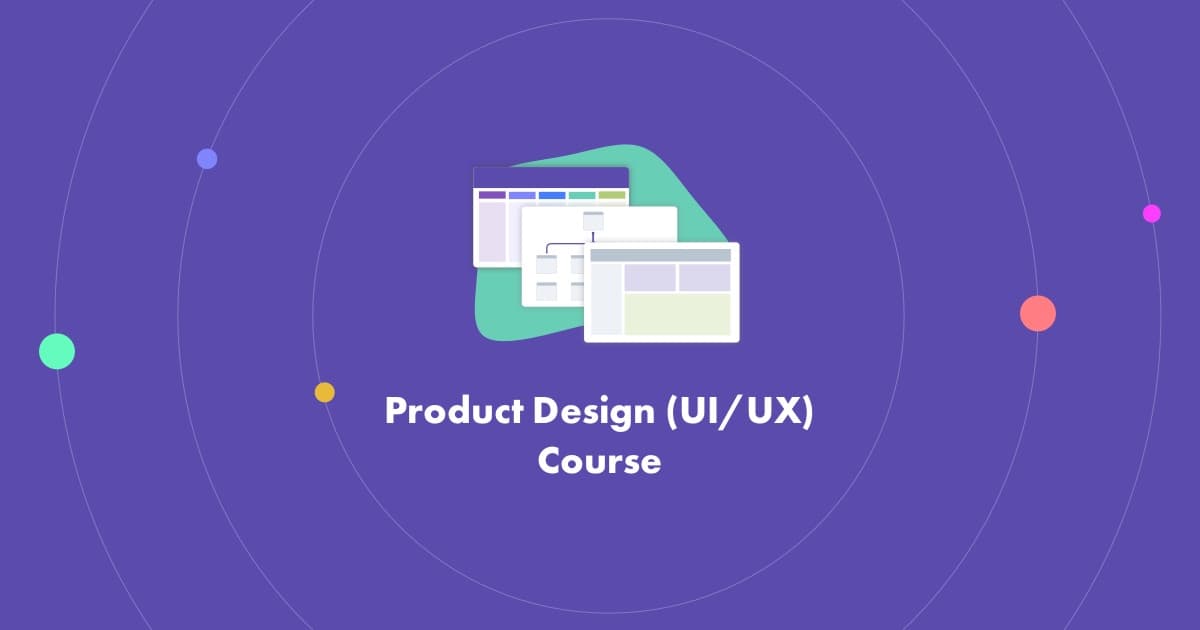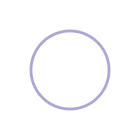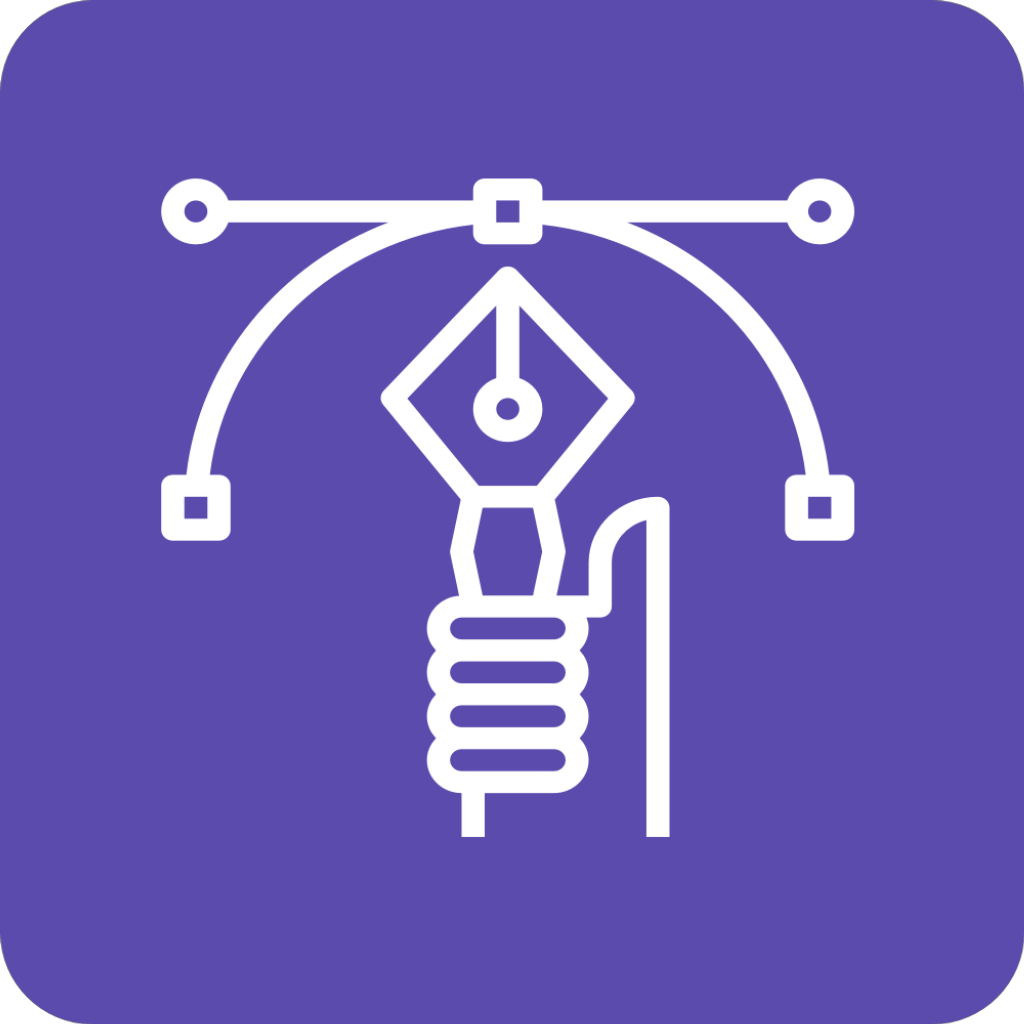If you're job hunting and looking to land your next UI/UX or product designer role, this guide will show you when to apply, when not to apply and what to do in-between to maximize your chances of landing your next role as UI/UX or product designer.
Perhaps you've applied to countless jobs and haven't been getting any replies or maybe you're worried that the job market is too saturated. As with most things in life, timing is important and everything works in cycles.
We've written a lot about how to learn UI/UX and product design, how to create a strong UX design portfolio, how to go after UI/UX without any experience and where to work as a UI/UX or product designer. But there's also something to be said about being in the right place at the right time when looking for a UX, UI or product design job. So how exactly do you know when this is?
The first step is to understand the larger design hiring and recruitment cycles and job seasons at play in the product design industry so you can take advantage of them and be ready when opportunities present themselves!
Watch the video
Winter

November-December
What companies are doing: As the year comes to a close, so does recruiting season. By this time of the year, most positions have already been filled. Hiring managers and human resources are often dealing with budget constraints during the last two months of each year and are awaiting new finance allocation and budgets for the new year.
What you should be doing: Establish your goals and make a plan of action
- Set or revisit your UX job goals.
- Make a plan of attack for the coming year to achieve them.
- Rest and rejuvenate.
- Work on your case studies and make sure your portfolio is up to date.
- Get your portfolio reviewed
- Block off the time you will need to submit job applications, take calls and schedule interviews in the new year.
January - Feb
What companies are doing: These are the months that most companies receive updated budgets and sales forecasts. Executives have a better idea of what they need and whether they can afford to hire new team members. In early-January things are still a little slower pace as people are coming back after the holidays. Things ramp up mid-end of January and really take off in Feb when companies are actively interviewing and hiring.
What you should be doing: Start applying for jobs
- Start searching for jobs and narrowing down who you want to work for
- Start applying for positions
- Start Interviewing
- Join Talent Matching programs like our Talent Collective that let's companies to apply to you!
Spring
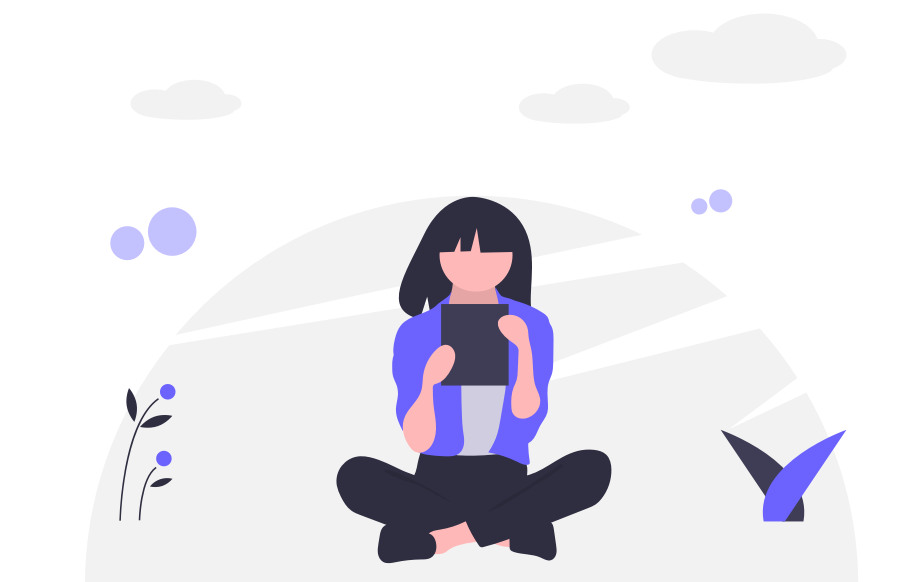
March, April
What companies are doing: Many hiring managers are taking some time off and executives are spending more time networking and raising funds. This is also the time that companies are planning the release of new products and services. It's still a good time to apply as there is often less competition and hiring managers tend to make decisions about hiring more quickly.
What you should be doing: Take advantage of companies sense of urgency and the need to fill remaining positions.
- Use our job matching and keyword hacking technique to start choosing the jobs you want to apply for and preparing your applications.
- Continue applying for specific roles.
- Take calls and schedule interviews.
Summer
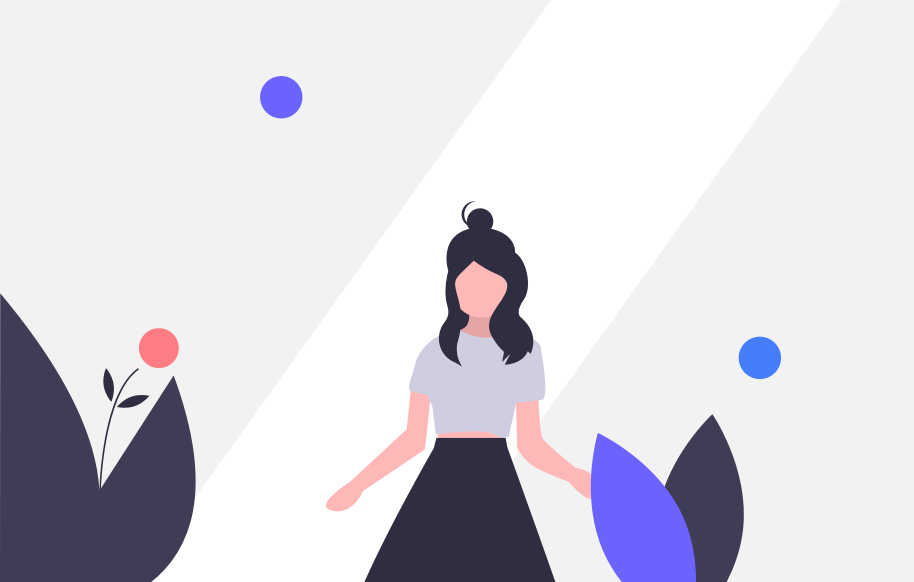
May-August
What companies are doing: Recruiting slows down as people start taking vacations and offices shift to summer and flextime schedules.
What you should be doing: Get better at what you do and up your skills
- Take advantage of the hiring summer slow down. Get educated, up your design skill set and network.
- This is the perfect time to take an online course in UX/UI like this to get yourself up to date with the latest tools, methods, techniques and trends.
- Join design communities, network and go to conferences.
- Look for contract positions or seasonal positions.
Fall
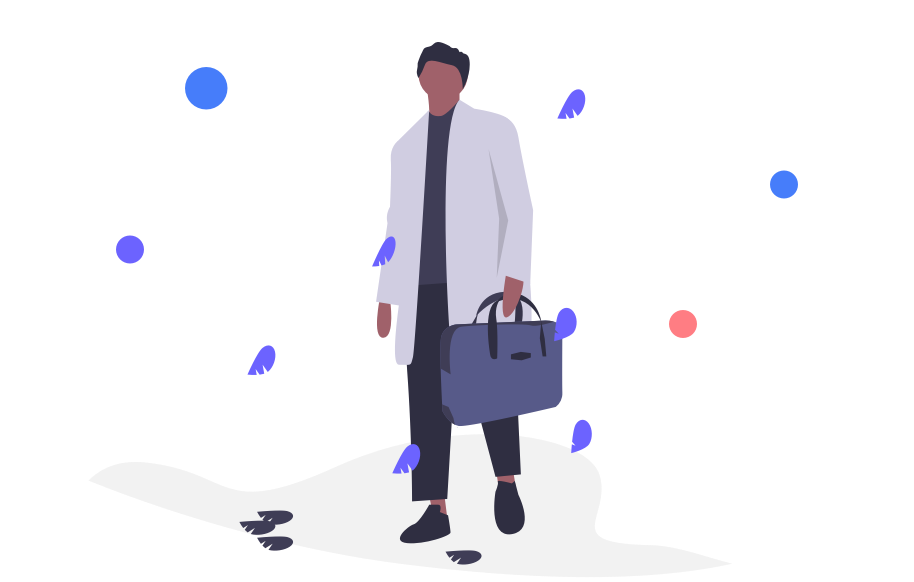
September, October
What companies are doing: Companies are revving back up a bit to fill any vacant positions before the holidays and use up any allocated budgets.
What you should be doing: This is another hiring wave that you can ride by continuing to apply for UX/UI design jobs. It's also a chance to update your portfolio and your online presence.
- Position yourself to get out in front of them and take advantage.
- Update your portfolio and case studies, update your resume and the copyright on your footer.
- Update your social media profiles.
- Post to Dribble.
- Get active online and share your work for feedback .
- Practice your interview skills.
Download our Free UX Job Tracker for Notion

Design Job Resources
We have been helping students learn UX/UI and Product Design and land their dream jobs for many years. Here are some of our most popular resources to help you do the same!
Portfolio Creation
These resources will help you create incredible case studies for your portfolio. You'll learn what companies you should be applying to, what should be in your UX/UI/Product Design portfolio, UX case study red flags to watch out for and our tried-and-true UX case study template for Notion!



Start Applying
Now that your UX portfolio and case studies and ready to go, you can start narrowing down where you will apply to, updating your Linkedin profile and tracking your UX design applications.



Get hired
Need a little extra boost getting intro'd and matched to the right companies? We've got you covered. Browse our open job board or apply to join our free designer talent collective where companies apply to you!
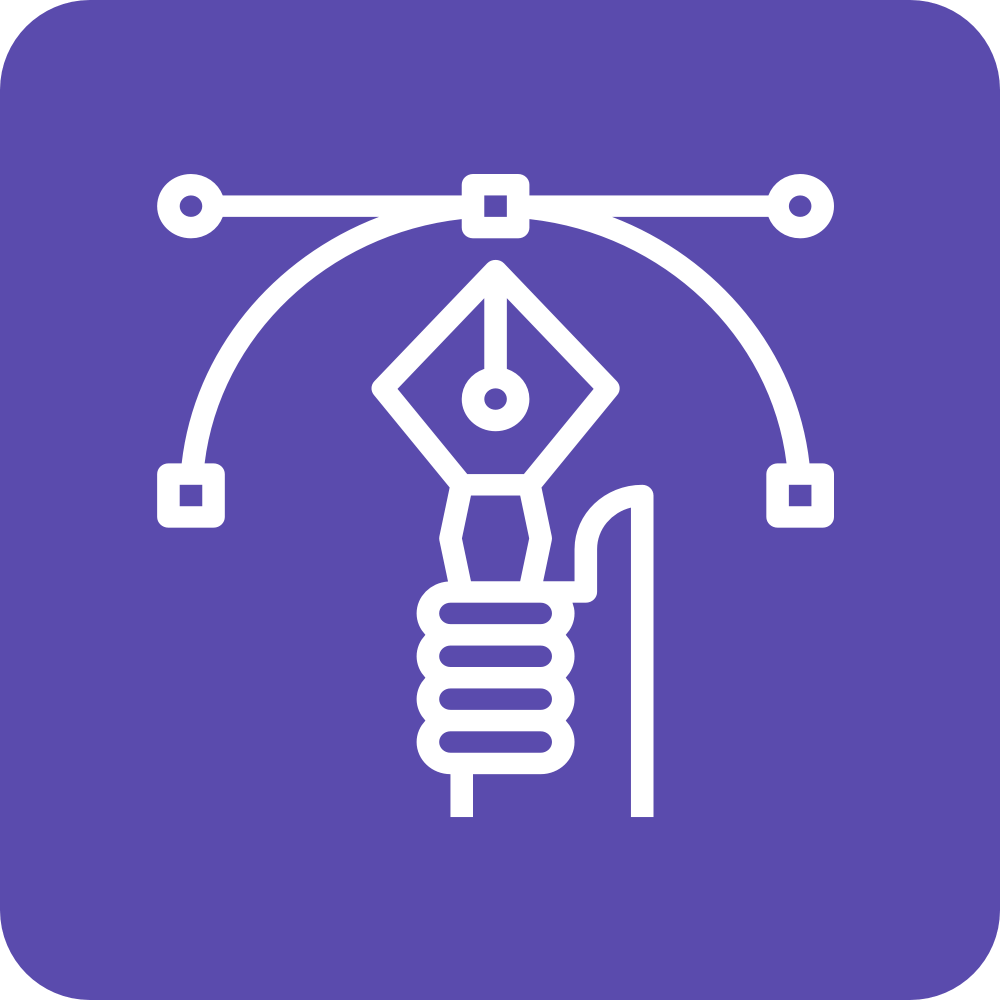

Where to Learn UX/UI/Product Design
What to learn the skills, complete your case study and get job matched at the same time? You can do all of these with us and our amazing community of mindful designers in our Product (UX/UI) Design Course!
